'Absolute superiority': North Korea says test-fires new solid-fuel hypersonic missile
North Korea has successfully test-fired “a new medium-to-long-range” solid-fuel, hypersonic missile.
The test fire of Hwasongpho-16-Na, a solid-fueled tactical ballistic missile loaded with newly-developed hypersonic glide vehicle, was observed by North Korean leader Kim Jong-un, KCNA said on Wednesday.
"A new medium-to-long range hypersonic missile test launch that carries military strategic value was successfully carried out," state media agency KCNA said a day after the test.
Kim lauded it as a strategic weapon that demonstrates the "absolute superiority" of North Korea's defense technology.
“The hypersonic glide vehicle, separated from the missile after its launch northeastward at an army unit's training field in a suburb of Pyongyang, reached its first peak at the height of 101.1 kilometers and the second peak at the height of 72.3 kilometers while making 1,000-km-long flight as scheduled and accurately landed on the waters of the East Sea of Korea,” it further said.
“The test fire had no negative effect on the security of the neighboring countries,” KCNA stated.
The report of the test launch came a day after South Korea and Japan detected the North launching a missile from near its capital toward its eastern sea.
State media reported that the test launch of the solid-fuel, hypersonic missile was conducted to validate the specified technical parameters of the newly-developed intermediate-range hypersonic missile and to assess the dependability of the weapon system.
With this, North Korea has "fully turned all tactical, operational, and strategic-grade missiles of different ranges into solid-fuel, with warhead control, and capable of nuclearization", Kim was quoted as saying.
According to KCNA, Kim said the North has now developed nuclear-capable, solid-fuel systems for “all the tactical, operational and strategic missiles with various ranges.”
Hypersonic missiles pose a greater challenge for interception, whereas missiles utilizing solid fuel offer the advantage of being easily transportable and stored, enabling them to be prepared for launch quickly.
They usually deploy a payload that moves at speeds exceeding five times the speed of sound, equivalent to approximately 6,200 km per hour (3,850 mph), while frequently navigating at relatively low altitudes.
Despite their name, analysts say the main feature of hypersonic weapons is not speed - which can sometimes be matched or exceeded by traditional ballistic missile warheads, but maneuverability.
Last year, Pyongyang tested a solid-fuel intercontinental ballistic missile for the first time, adding to its arsenal of long-range weapons.
In addition, the nation possesses a wide array of solid-fuel missiles with varying ranges, including short-range and mid-range ones. These missiles can be launched from land vehicles, ships, and submarines, and have the potential to reach targets across South Korea and Japan.
Satellite images indicate Israel entrenching a permanent military presence in Gaza
US-led meeting talks implementation of ‘phase two’ of Gaza ceasefire, ignoring Israeli violations
Iran’s subsidized currency allocations at over $42 in Mar-Dec: CBI
VIDEO | Locals march in eastern France after gas explosion kills two children
Iran wins double gold at world age-group Blitz Chess in Antalya
Two former Palestinian prisoners recount sexual abuse in Israeli detention
Iran cuts steel imports amid surge in domestic output
VIDEO | Trump’s comments on Golan Heights spark outrage among Syrians


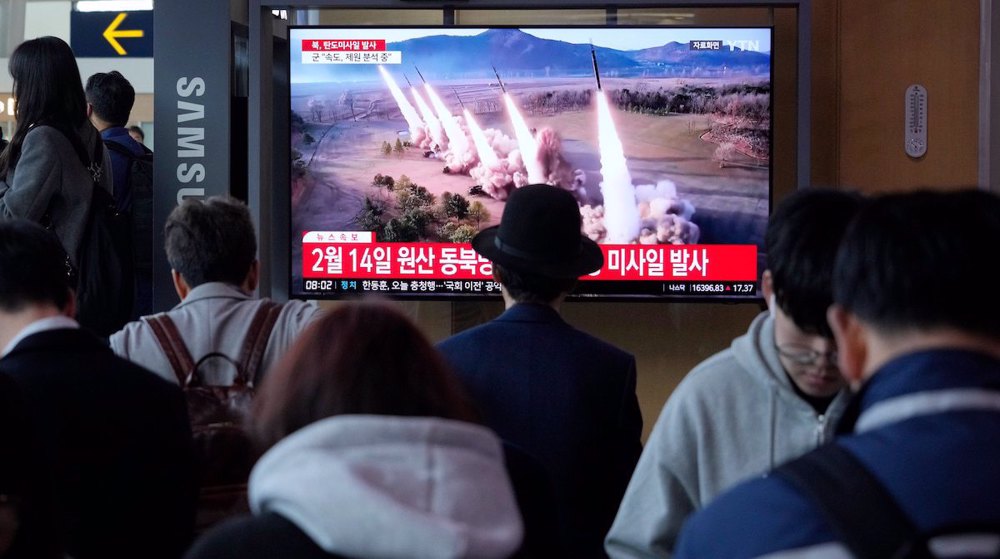

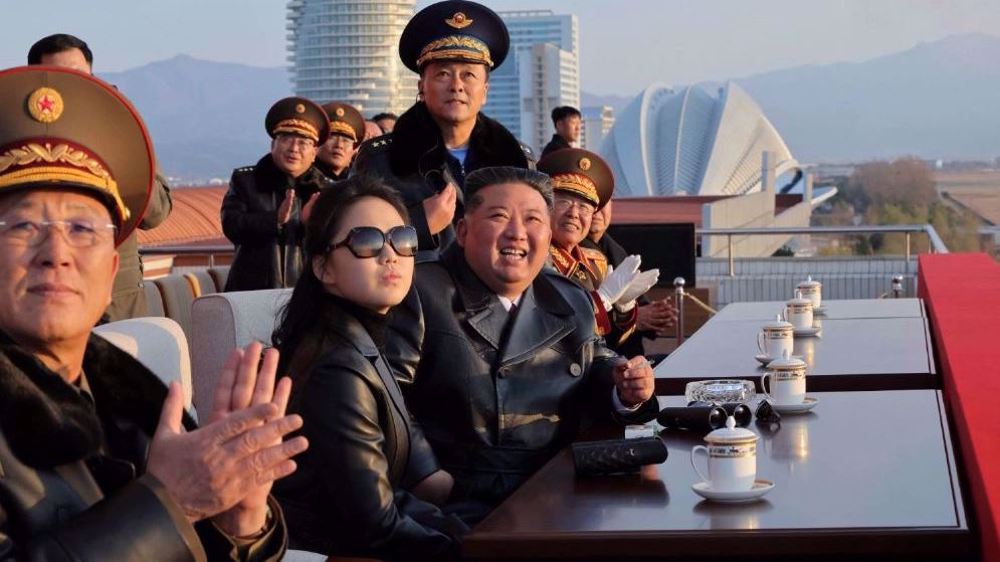
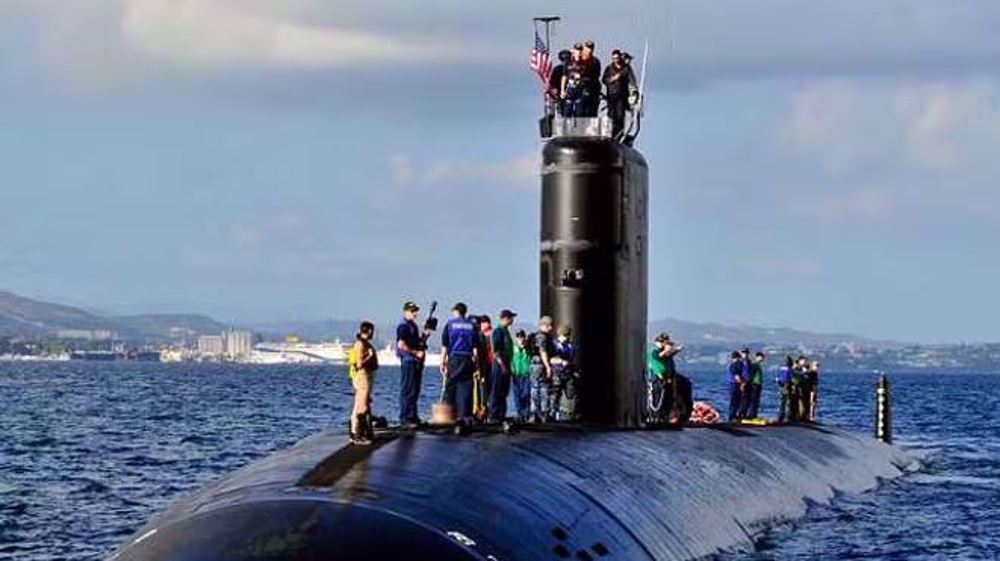



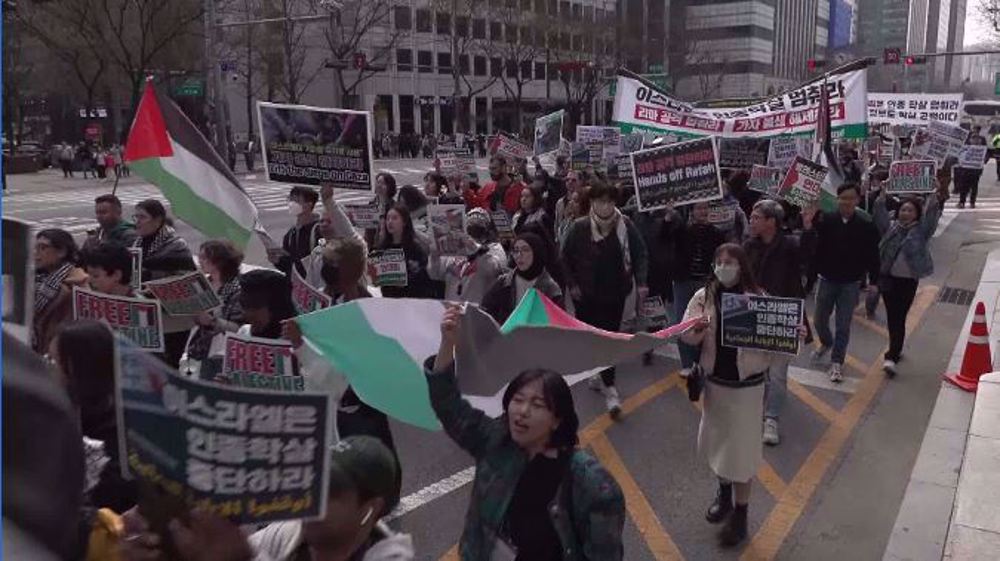

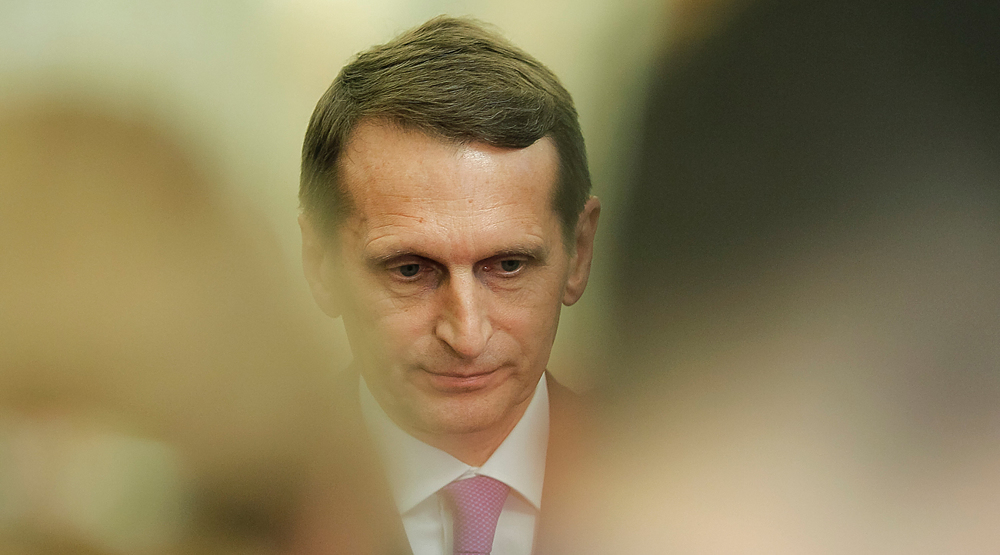


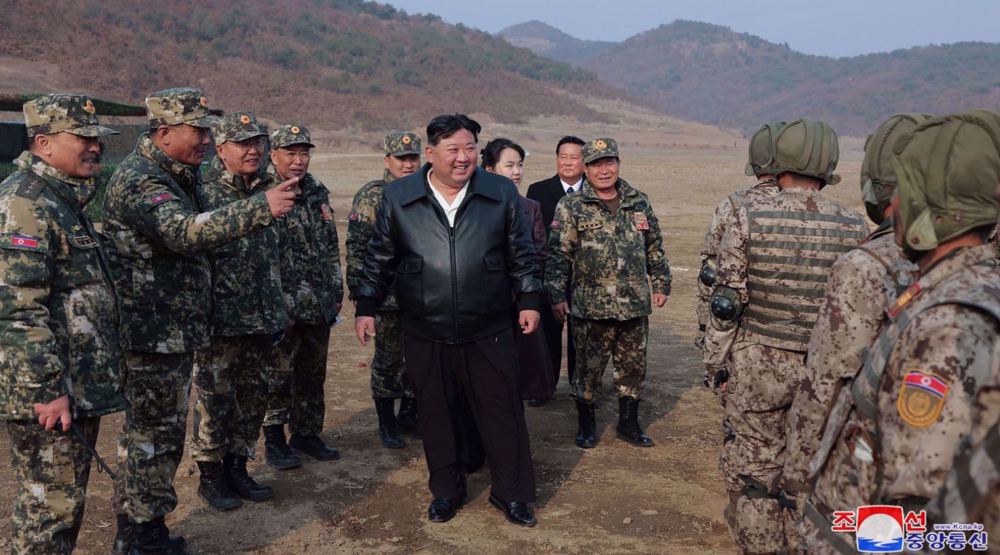

 This makes it easy to access the Press TV website
This makes it easy to access the Press TV website